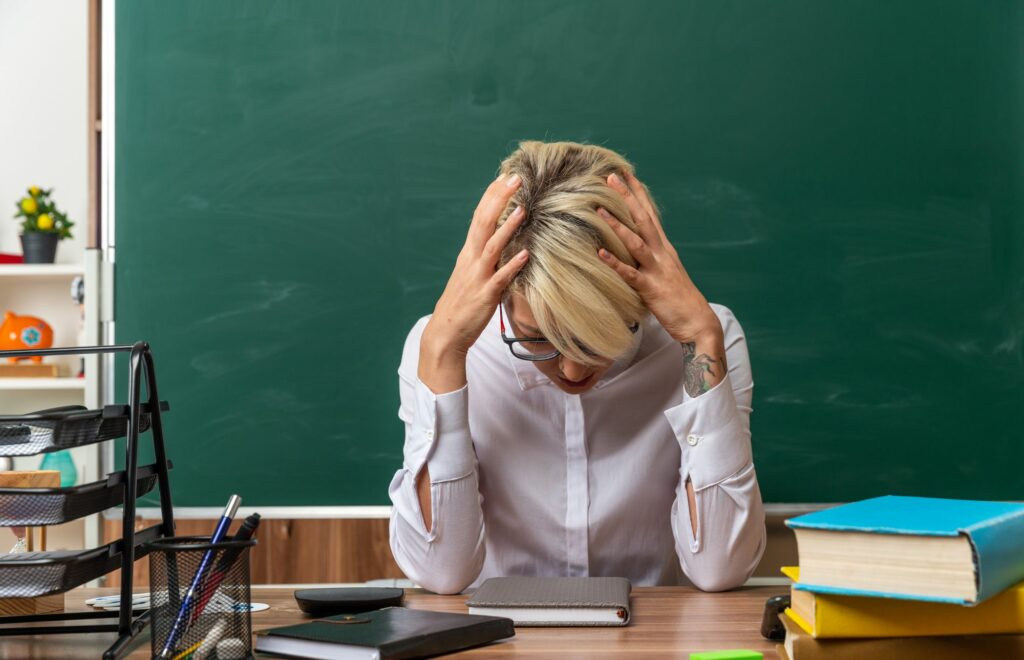References
References
References
Visualization and Spatial Ability
We strongly advocate that spatial ability is an essential skill to navigate this world. the genuine potential of students in this domain is under-appreciated in the current educational system. However, prior research has demonstrated a strong association between spatial ability and science performance (Andersen, 2014).
Visualisation and spatial ability skills facilitates the comprehension of physics concepts and human body system. Luckily, for teachers engaging in our lesson plans, many cohorts of students they encounter will have an acutely developed spatial ability. This globally shared characteristic of youth mainly derivates from their considerable digital exposure.
Spatial ability is fundamental since cognitive understanding is not sufficient to apprehend notions of space. Furthermore, it is a great resource to comprehend abstract concepts in physics and biology. Moreover, it is a key component to integrate the nature and function of different complex systems such as the human body.
This program design aims to teach gravity emphasizing less the measurement of this force of attraction and more its visualization.
The goal is to stimulate students’ visualisation of:
- The constant direction of gravity as determined verticality.
- The concept of “The Line of gravity” induced by gravity.
- Any matter as submitted to gravitational forces and organizing itself around this vertical plane, including the human body.
- The rule of alignment inextricably linked to gravity.
- The nature and function of the human body associated with this rule of alignment.
References
We strongly advocate that spatial ability is an essential skill to navigate this world. the genuine potential of students in this domain is under-appreciated in the current educational system. However, prior research has demonstrated a strong association between spatial ability and science performance (Guillot et al., 2007).
Visualisation and spatial ability skills facilitates the comprehension of physics concepts and human body system. Luckily, for teachers engaging in our lesson plans, many cohorts of students they encounter will have an acutely developed spatial ability. This globally shared characteristic of youth mainly derivates from their considerable digital exposure.
Spatial ability is fundamental since cognitive understanding is not sufficient to apprehend notions of space. Furthermore, it is a great resource to comprehend abstract concepts in physics and biology. Moreover, it is a key component to integrate the nature and function of different complex systems such as the human body.
This program design aims to teach gravity emphasizing less the measurement of this force of attraction and more its visualization.
The goal is to stimulate students’ visualisation of:
- The constant direction of gravity as determined verticality.
- The concept of “The Line of gravity” induced by gravity.
- Any matter as submitted to gravitational forces and organizing itself around this vertical plane, including the human body.
- The rule of alignment inextricably linked to gravity.
- The nature and function of the human body associated with this rule of alignment.









